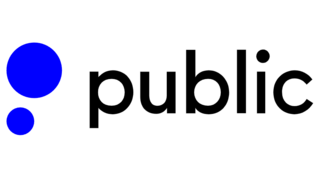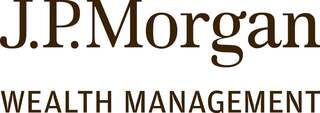Will the S&P 500 Hit 7,000 This Year?
Money is not a client of any investment adviser featured on this page. The information provided on this page is for educational purposes only and is not intended as investment advice. Money does not offer advisory services.

The stock market closed out last week on another high note, following the Federal Reserve's interest rate cut and indications that additional cuts might be on the way. While all three major indices that comprise what people tend to refer to colloquially as the stock market — the Dow Jones Industrial Average, the Nasdaq and the S&P 500 — racked up big gains, Wall Street has its eye on the S&P.
The broad-based index, which cracked 6,000 for the first time on November 8 last year, finished out last week at a new all-time high of 6,664.36.
Some market observers think this bull still has room to run, including Jay Hatfield, CEO and chief investment officer of Infrastructure Capital Advisors. Hatfield predicts that the index will crack 7,000 before the end of 2025, pointing to recent earnings results from Broadcom and Oracle as evidence that corporate America’s AI-related spending is expanding to benefit companies beyond just software developers and chip manufacturers.
"What you're seeing evolving is movement from the simple retail applications… and now companies are using AI on their own data," Hatfield tells Money. "It's a more powerful, more sustainable" use case for the technology that will usher in what Hatfield calls the "next wave" of corporate investment and productivity gains. "It’s something I think people haven't really appreciated," he says.
This momentum, combined with tax reductions included in the One Big Beautiful Bill Act, could carry the S&P to 7,700 by the end of 2026, Hatfield adds. He compares the current market to that of the late 1990s: Then, the first iteration of the internet, plus a Federal Reserve that was lowering rates, created an economic engine that powered a fundamental transformation of the American economy.
Of course, plenty of investors lost money in the dot-com crash that followed in 2000. But Wall Street pros say this time around is different: The companies racking up huge stock gains today are established and — more importantly — already profitable.
"This is definitely an earnings-driven market," says Dylan Bell, chief investment officer at CalBay Investments. "As long as earnings continue to perform well, I think the market can march higher."
That could turn out to be a big "if," though. Even optimists admit that for the S&P to hold its gains —let alone make it to 7,000 before the end of 2025 — unemployment has to remain low and inflation has to drop.
"The job market has to hold up," says Ross Bramwell, managing director of investment communications at HB Wealth. "Employment is our number one indicator that we're watching for an economic slowdown."
The reason is simple, he says: "Employed consumers spend." Even with billions of dollars in AI investment, the real engine of the American economy is consumer spending.
Inflation still matters because Wall Street is counting on the Fed to continue cutting rates, which will give consumers both purchasing power and confidence to spend. Bramwell notes that Wall Street anticipates two additional cuts this year. "The market does need those interest rate cuts to happen. That's what we're using to support those high valuations, [and] earnings need to support those elevated valuations," Bramwell says.
Inflation remains a drag on optimism
History does suggest a precedent for optimism.: Over the past 50 years, there have been seven instances when the Fed resumed cutting rates after a pause of at least six months. In all but one of those instances, the S&P rose by nearly 15% at the median in the following year, Ed Clissold, chief U.S. strategist of Ned Davis Research, told the New York Times. This is notably higher than the index’s typical annual gain of around 10%.
Of course, past performance isn’t a crystal ball, and the economy today is markedly different than it was in 1976, or even 2006. And without sustained improvement on inflation — improvement that has recently stalled — the outlook gets considerably cloudier.
"I think it’s going to be tough to close the year at 7,000 or above," says Megan Horneman, chief investment officer of Verdence Capital Advisors. "I think that’s a big lift."
She notes that the market today reflects expectations of optimism that might not come to pass, particularly on the inflation front. "Our view is that earnings mostly will come down a bit," she says, in part because the inflationary effects of tariffs aren't yet being reflected in Wall Street's forward-looking optimism.
"I'm more scared of inflation, and we haven't gotten where we need to be," she points out. "Inflation has been moving in the wrong direction." Without a reversal, the rate cuts on which many investors have pinned their hopes — and their positions — won't happen.
"The Federal Reserve was pretty clear" that its rate-setting trajectory depends on inflation falling. "I just don't see us as out of the woods," Horneman says. "Ultimately, inflation will come back to haunt earnings," she predicts.
More from Money:
Can You Trust AI for Financial Advice? We Put ChatGPT and Gemini to the Test
Basically Every Stock Market Index Is at — or Near — an All-Time High Right Now
From Loans to Jobs, Here's How the Fed Rate Cut May Affect Your Wallet





